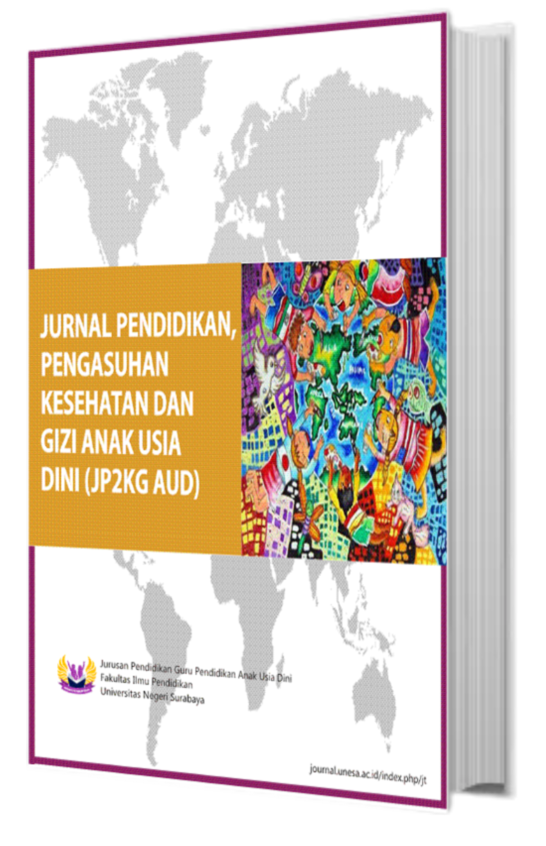INSTRUMEN KESIAPAN BELAJAR: ASESMEN NON-TES UNTUK MENGUKUR KESIAPAN BELAJAR ANAK USIA DINI DALAM PERSPEKTIF NEUROSAINS
DOI:
https://doi.org/10.26740/jp2kgaud.2020.1.1.17-32Keywords:
semangat sekolah, instrumen, neurosainsAbstract
Penelitian ini bertujuan untuk mengembangkan Instrumen Kesiapan Sekolah (SRI) menggunakan perspektif ilmu saraf untuk mengukur kesiapan anak ke sekolah dasar yang dirancang untuk memudahkan guru dan orang tua untuk menilai perkembangan anak melalui pengamatan kinerja harian mereka. Metode yang digunakan adalah mengikuti desain model ADDIE dengan subjek 50 anak usia 5-6 tahun. Analisis awal menunjukkan perlunya tiga domain: pengembangan motorik, kognitif dan bahasa, dan pengaturan diri untuk kesiapan belajar. Hasil validitas mengungkapkan perubahan pada lima domain SRI yang lebih terperinci: pengembangan motorik, kognitif dan bahasa, perkembangan sosial, kematangan emosi, dan keterlibatan belajar. Uji coba dilakukan dalam dua kelompok dengan hasil pembangunan tinggi dan rendah. Reliabilitas interrater menunjukkan konsistensi antara guru dan orang tua. Dari hasil ini menunjukkan bahwa SRI merupakan indikator yang tepat untuk digunakan sebagai ukuran kesiapan sekolah anak usia dini.
Downloads
Downloads
Published
How to Cite
Issue
Section
License

This work is licensed under a Creative Commons Attribution-NonCommercial-ShareAlike 4.0 International License.
 Abstract views: 4944
,
Abstract views: 4944
, PDF Downloads: 4747
PDF Downloads: 4747




